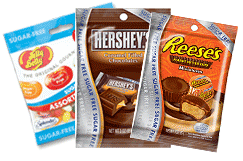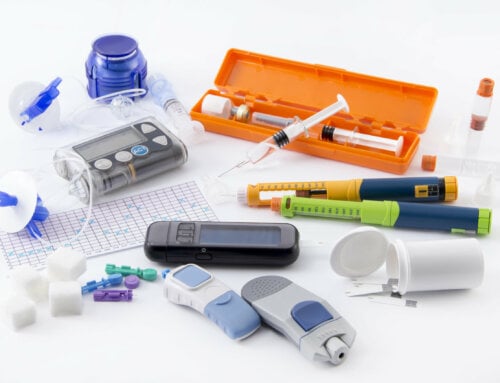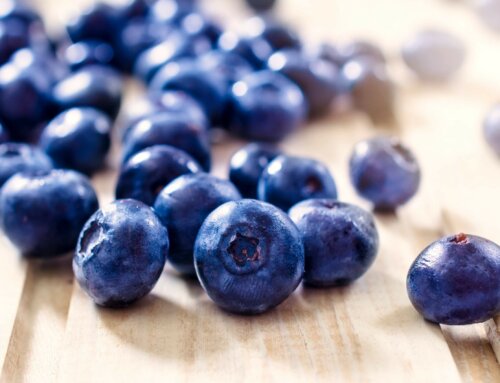People with diabetes use artificial sweeteners to enhance the flavor of food and beverages with no sugar and fewer calories. But is one artificial sweetener better than another? There are a variety of artificial sweeteners with their own unique qualities.
- Artificial sweeteners are synthetic sugar substitutes that are much sweeter than sugar. Some are derived from natural substances such as sugar or herbs. There are several artificial sweeteners approved by the Food and Drug Administration (FDA) as food additives. Artificial sweeteners do not contribute to tooth decay. A small amount goes a long way.
- Acesulfame potassium is sold under the brand names of Sunett and Sweet One. It has no calories and is not metabolized by your body. Acesulfame potassium is a general purpose sweetener used in diabetic foods, beverages, oral hygiene products and pharmaceutical products.
- Aspartame is sold under the brand names of NutraSweet and Equal. It contains 4 calories per gram. Your body breaks aspartame into two amino acids, aspartic acid and phenylalanine, with a small amount of methanol. It is a general purpose sweetener that is not stable at higher cooking temperatures.
- Saccharin is sold under the brand names of Sugar Twin and Sweet N Low. It contains 4 calories per packet. Discovered over a century ago, saccharin is the oldest artificial sweetener. Its use is limited to tabletop products and beverages with specific amounts not to be exceeded.
- Sucralose is sold under the brand name of Splenda and has 0 calories. It is made from sucrose by using a manufacturing process to change its molecular structure. Ingredients listed on a package of Splenda include sucralose, dextrose and maltodextrin. It is commonly the sweetener in diet soda.
- Stevia is sold under the brand name Truvia and has 0 calories. The FDA has not approved crude stevia or whole-leaf stevia. Only refined stevia can be used in food products or as a dietary supplement. Stevia has a long history as a natural sweetener.
- Sucralose is the most heat stable of all the artificial sweeteners and is used in many beverages and foods including sugar free cookies and sugar free candies. Acesulfame potassium, sucralose, saccharin and stevia are also stable for baking and cooking. Many cook books are available using these sweeteners in recipes for tasty sugar free treats.
Sugar alcohols are used as a substitute for sugar in foods and beverages. They have chemical characteristics of both alcohols and sugars, although they are neither. Sugar alcohols such as mannitol and sorbitol provide fewer calories than sugar and are not completely absorbed by the body. Moderate amounts can cause diarrhea and digestive problems as they are a food source for bacteria living in the GI tract. Many sugar free candies, sugar free cookies and sugar free chocolate candies include sugar alcohols. Some people are more sensitive to these products than others so eat in moderation.
- Natural sugars such as brown sugar, molasses and honey are nutritionally similar to regular sugar and also end up as fructose and glucose in the body. Some undergo processing and refining including agave nectar. They will have an impact on your blood sugar just as regular table sugar even though they sound healthier.
Much like sugar, artificial sweeteners should be used in moderation. Choose an artificial sweetener based on content, calories and whether you can cook with it. Compare them and see how it tastes to you.
 Sugar alcohols are used as a substitute for sugar in foods and beverages. They have chemical characteristics of both alcohols and sugars, although they are neither. Sugar alcohols such as mannitol and sorbitol provide fewer calories than sugar and are not completely absorbed by the body. Moderate amounts can cause diarrhea and digestive problems as they are a food source for bacteria living in the GI tract. Many sugar free candies, sugar free cookies and sugar free chocolate candies include sugar alcohols. Some people are more sensitive to these products than others so eat in moderation.
Sugar alcohols are used as a substitute for sugar in foods and beverages. They have chemical characteristics of both alcohols and sugars, although they are neither. Sugar alcohols such as mannitol and sorbitol provide fewer calories than sugar and are not completely absorbed by the body. Moderate amounts can cause diarrhea and digestive problems as they are a food source for bacteria living in the GI tract. Many sugar free candies, sugar free cookies and sugar free chocolate candies include sugar alcohols. Some people are more sensitive to these products than others so eat in moderation.





Leave A Comment